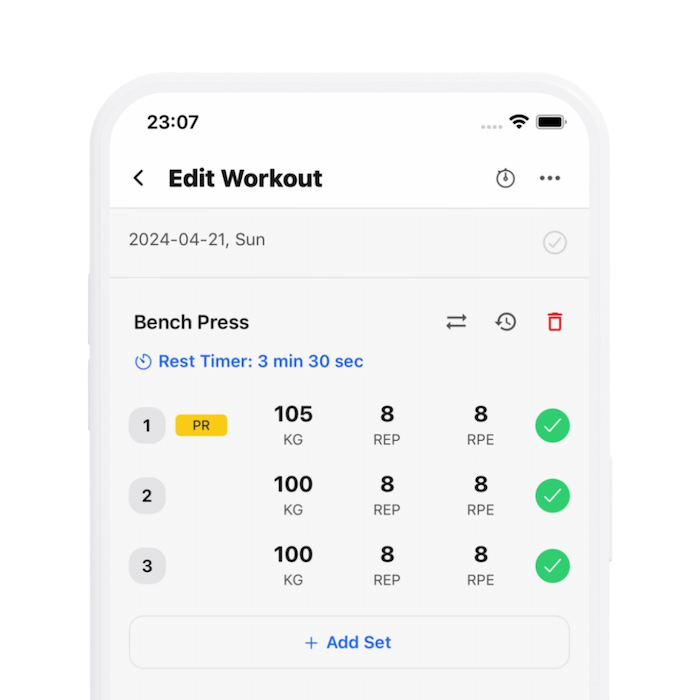30 Seconds SummaryResearch Spotlight: Do you need to perform blood flow restriction training to failure?
- Blood flow restriction (BFR) training is a method involving low-load exercises that occlude venous blood flow, traditionally leading to muscle failure with sustained repetitions.
- A study by Bjørnsen and colleagues compared BFR training to failure against a non-failure protocol (30-15-15-15 routine) in 17 untrained men, using a within-subject unilateral design for accurate control.
- Participants engaged in two intensive training blocks, performing BFR knee extensions daily, with variations in session count and subsequent rest days.
- The study recorded measures like muscle size, strength, soreness, and myonuclei content, both during and post-training.
- Findings showed similar gains in muscle size, strength, and cellular responses between the failure and non-failure protocols, despite more reps and greater pain and exertion in the failure group.
- Post-training analysis revealed a delayed strength gain in both protocols, suggesting benefits continue to accrue after cessation of the regimen.
- Overall, non-failure BFR training yielded comparable or superior outcomes to failure training, suggesting it is a viable and perhaps preferable method for enhancing muscle strength and size with less discomfort.
Stronger By Science
Greg Nuckols
